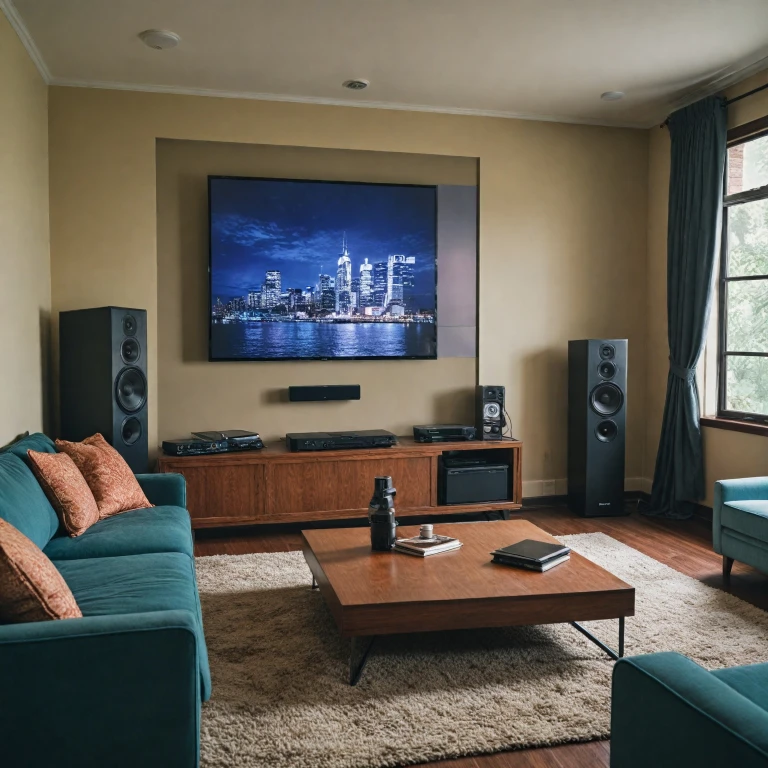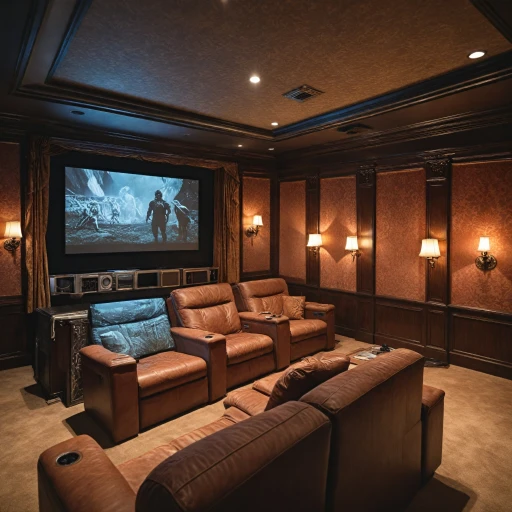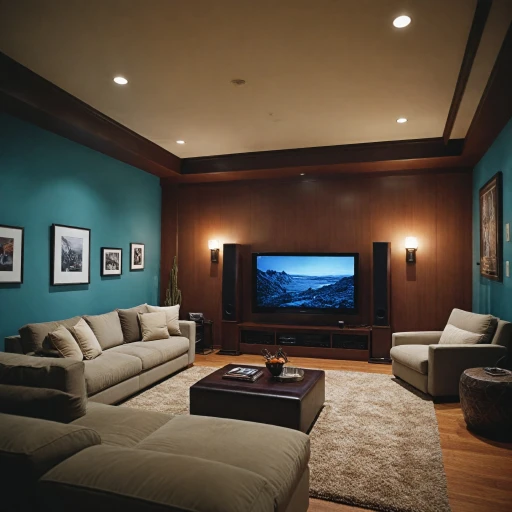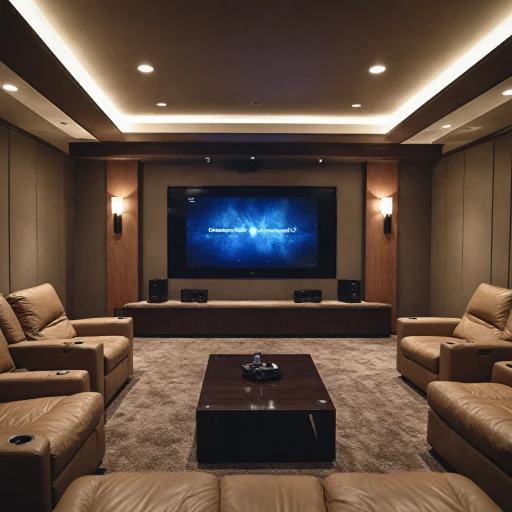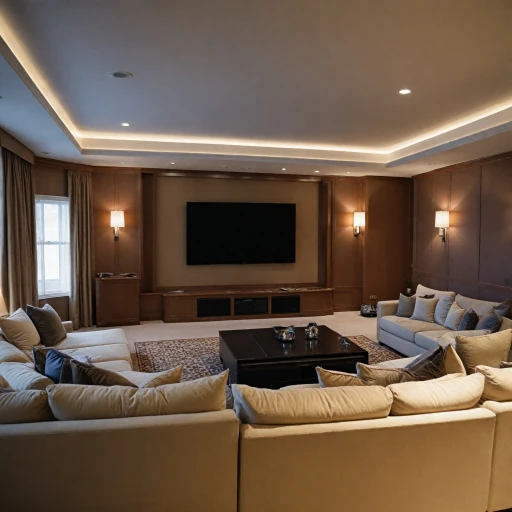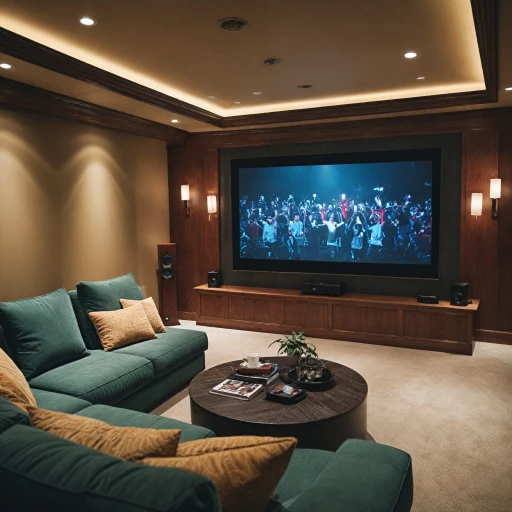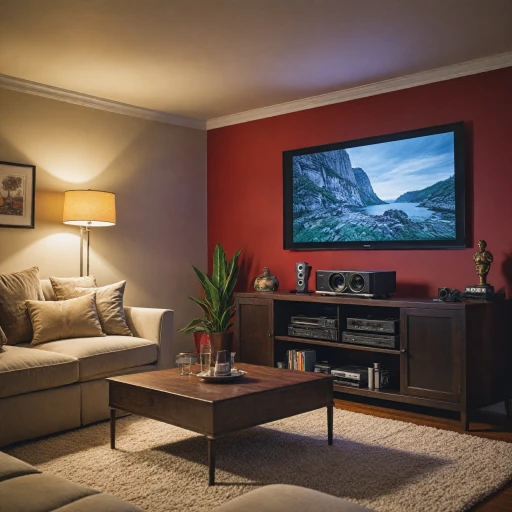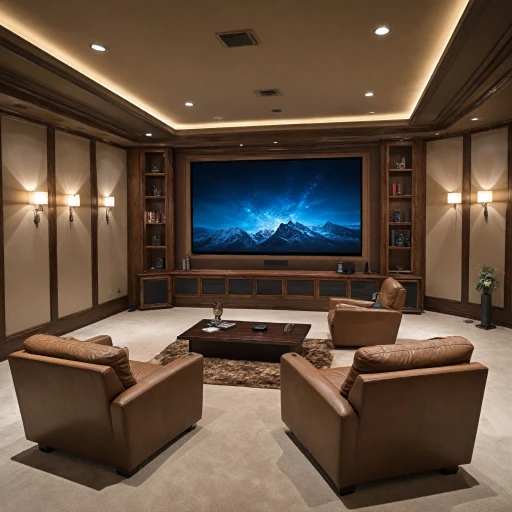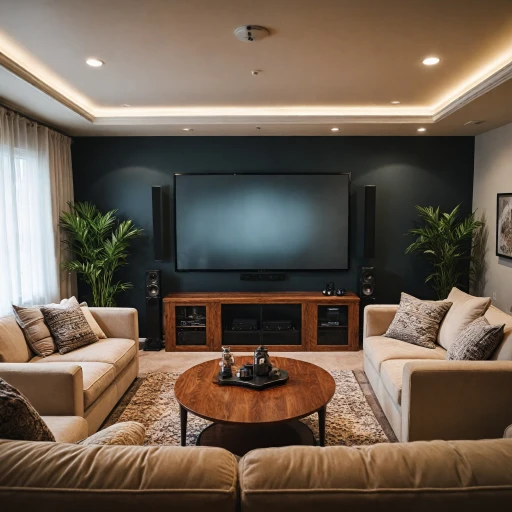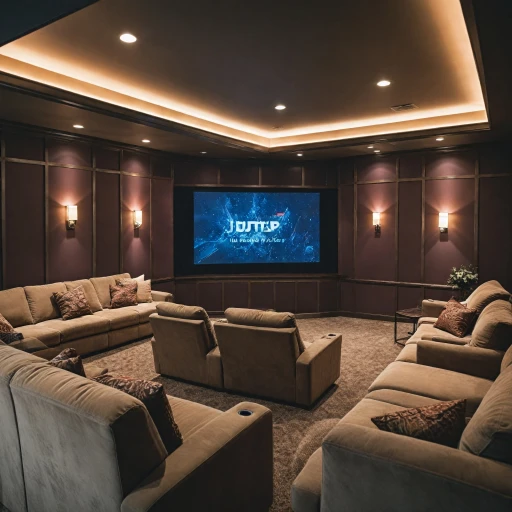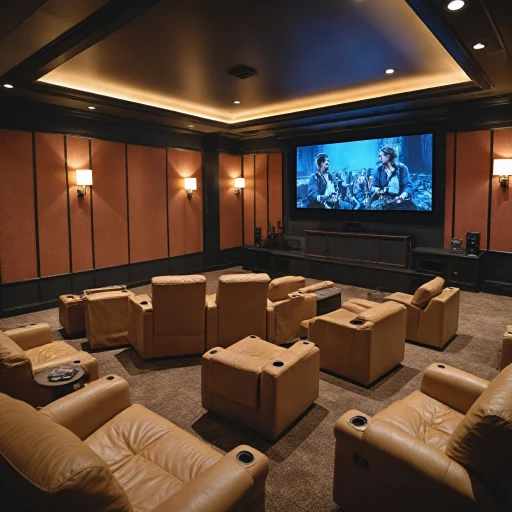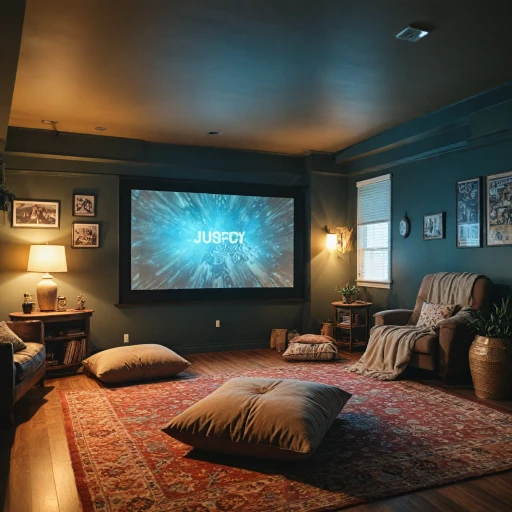
Understanding RCA and HDMI Cables
Distinguishing Between RCA and HDMI
When diving into the realm of home theater projectors, understanding the nuances between RCA and HDMI cables is essential. These two types of cables are widely used to transmit audio and video signals, but they cater to different needs and setups. RCA cables, recognizable by their red, white, and yellow plugs, have been a staple in the audio and video world for many years. They are typically used to connect devices like DVD players or older gaming consoles to a projector or television. While common, RCA cables are often limited by their ability to transmit only analog signals. This means they may not deliver the high definition (HD) video quality that modern cinema enthusiasts crave. On the other hand, HDMI (High-Definition Multimedia Interface) cables are the gold standard for today's home theater setups. These cables can transmit both video and audio signals in a single cable, offering the convenience and the capability to carry high definition signals, including 4K Ultra HD. HDMI cables are versatile, supporting a range of connections from standard HDMI to mini HDMI variations, ideal for compact devices. For those wondering how to bridge the gap between older devices and modern setups, converters such as HDMI to RCA, or adapters HDMI varieties, are available to help connect these disparate systems. It's crucial to ensure compatibility with your projector and audio devices, especially if you're examining how these cables will integrate with your current setup. Another key aspect of HDMI is its support for additional features such as Ethernet connection, which isn't possible with RCA cables. Those looking to future-proof their home theater setups should consider this when deciding on the necessary cables. For further information on how HDMI technology can enhance your viewing experience, you might find this post on top HDMI modulators for home theaters insightful, providing an understanding of advanced HDMI functionalities beyond basic connection needs.Compatibility with Home Theater Projectors
Projector Compatibility with HDMI and RCA
When setting up a home theater projector, understanding the compatibility of HDMI and RCA cables with your system is key. Each cable type comes with its own set of benefits and limitations, depending on the devices you are connecting. HDMI is widely recognized for supporting high-definition video and audio, and it tends to be the preferred choice for modern projectors and TVs. Many contemporary projectors feature HDMI ports, which are ideal for transmitting high-quality pictures and surround sound systems without losing fidelity.
However, older projectors might not support HDMI cables and may rely on RCA cables or require converters to adapt HDMI signals to a compatible format. RCA cables, identifiable by their yellow, white, and red connectors, are often used in legacy systems and can still provide decent audio video quality for certain setups.
For users dealing with these older systems or unique setups, HDMI to RCA adapters can allow compatibility across different devices. Similarly, dvi hdmi adapters can also come in handy, especially when dealing with projectors that have limited input options. Be cautious of cable management issues that might arise when using multiple adapters and converters in a setup.
Addressing the connectivity of your system, understanding your cable needs, and planning ahead will ensure a seamless home theater experience. For further insights on adapting various ports for your home theater setup, you can explore more here.
Quality of Video and Audio Transmission
Assessing Video and Audio Quality
When it comes to choosing between HDMI and RCA cables for your home theater projector, understanding the differences in video and audio transmission quality is essential. HDMI cables have become the gold standard for high definition video. They support the transmission of uncompressed video and audio signals, which ensures optimal quality. This is particularly important with modern content that benefits from the clarity of high-definition displays.
On the other hand, RCA cables, which have been in use for decades, can still provide a satisfactory audio and video experience for standard definition content. However, they lack the clarity and vibrancy that HDMI cables offer, especially when handling high-definition material. If your projector and other devices support HDMI, it is advisable to use HDMI cables to maintain crisp and clear video quality.
Furthermore, HDMI cables come with the added advantage of supporting advanced audio formats, enhancing the overall audio experience. Unlike RCA cables, which require separate cords for video and audio, HDMI simplifies setup by carrying both signals through a single cable, streamlining cable management in your setup.
If you're dealing with older devices that only have RCA outputs, there are converters available that can transform signals to HDMI. However, these converters can sometimes result in a loss of quality, making it beneficial to choose HDMI connections whenever possible to leverage the full potential of enhancing your home theater experience.
Cost Considerations
Determining the Cost-Effectiveness for Your Setup
When it comes to outfitting your home theater projector, one of the key considerations is balancing cost-effectiveness with quality. RCA and HDMI cables each come with their own price points and potential added expenses that can impact your budget.- RCA Cables Consideration: Generally, RCA cables are more affordable than their HDMI counterparts, making them a popular choice for basic setups. However, if your home theater system involves high-definition requirements, you may find yourself needing additional converters or adapters, such as RCA to HDMI converters, which can drive up costs.
- HDMI Cable Investments: HDMI cables, while potentially more expensive, often provide better value in terms of video and audio quality. They support high-definition resolutions and DVI to HDMI conversions are typically straightforward, minimizing the need for additional adapters. These cables are also future-proof, meaning they'll support new devices and formats as technology evolves.
- Quality vs. Cost: While saving on cost is important, ensuring your cables deliver optimal performance is crucial. High-speed HDMI cables, often rated for 4K content, can enhance your viewing experience without the need for fiber optic upgrades or extensive adapters HDMI installations.
- Additional Costs: When it comes to installation and long runs, the price can increase with the need for bulk cable and cable management solutions. Investing in a good HDMI cord can reduce the total cost by alleviating the need for additional audio video converters or USB adapters.
Installation and Setup Tips
Tips for Ensuring Seamless Installation and Setup
When setting up your home theater projector, selecting the right type of cable, whether HDMI or RCA, significantly impacts the overall experience. To start, ensure all necessary cables and adapters, such as an HDMI cable or RCA cable, are prepared before beginning the installation. This will reduce the hassle of interruptions while setting up.For an optimal setup, consider these suggestions:
- Plan the Cable Layout: Evaluate the distance between the projector and other devices to determine the correct cable length. For modern setups, high-speed HDMI cables are typically preferred due to their ability to transmit both audio and video signals efficiently, reducing cable clutter.
- Cable Management: Utilize cable management solutions like cable clips or bulk cable conduits to organize and protect your cables. This not only keeps the aesthetics clean but can also help minimize potential signal interference from tangled cords.
- Employ Adapters and Converters: If your devices require different connection types, consider using HDMI to RCA converters or adapters. For instance, if your projector only has an HDMI input and you’re using a source with an RCA output, an HDMI RCA adapter can bridge this gap.
- Check Power Source: Ensure all devices are securely connected to a reliable power source. Loose connections can lead to interruptions in audio video transmission, affecting your viewing experience.
- Test Before Mounting: Verify that the audio and video signals are transmitting correctly through the cables before finalizing the projector’s installation and mounting. This avoids future complications that would require dismounting for troubleshooting.
Future-Proofing Your Home Theater
Preparing Your Home Theater for Tomorrow
When setting up a home theater, it’s essential to think ahead and prepare for future advancements in technology. With the continuous development of new devices and high-definition technologies, using the right cables now can mean a lot of savings and convenience later.
First and foremost, aim for HDMI cables that can handle high-resolution video and audio transmission. With bulk cable choices available today, it's wise to invest in high-speed HDMI cables to cater to the growing demands of high-definition content. These HDMI cords support up to 8K video, feature a high-bandwidth capability, and offer advanced connectivity for the latest devices.
Additionally, focus on compatibility with the evolving range of connectors. Converters and adapters, such as mini HDMI or usb adapters, ensure that your system remains flexible enough to accommodate future devices without rewiring. While DVI can still work with DVI HDMI converters, prioritizing HDMI ensures better audio video quality.
Moreover, good cable management is crucial. Proper planning and organization can help you streamline the setup, making it easier to perform upgrades or connect new devices as technology progresses. Opt for the use of color-coded cables, like white HDMI cables, for an organized and straightforward identification process.
Keeping an eye on emerging technologies, such as fiber optic cables, can be advantageous for an audio upgrade in your home theater. They offer superior audio quality and are less prone to interference, making them a solid choice for those planning long-term installations.
Lastly, it’s important to stay informed through community feedback such as upvotes and replies views in forums and blogs. By engaging in discussions and following experts' opinions, you’ll be better equipped to adapt to changes and select the most suitable audio video solutions for your home theater.
